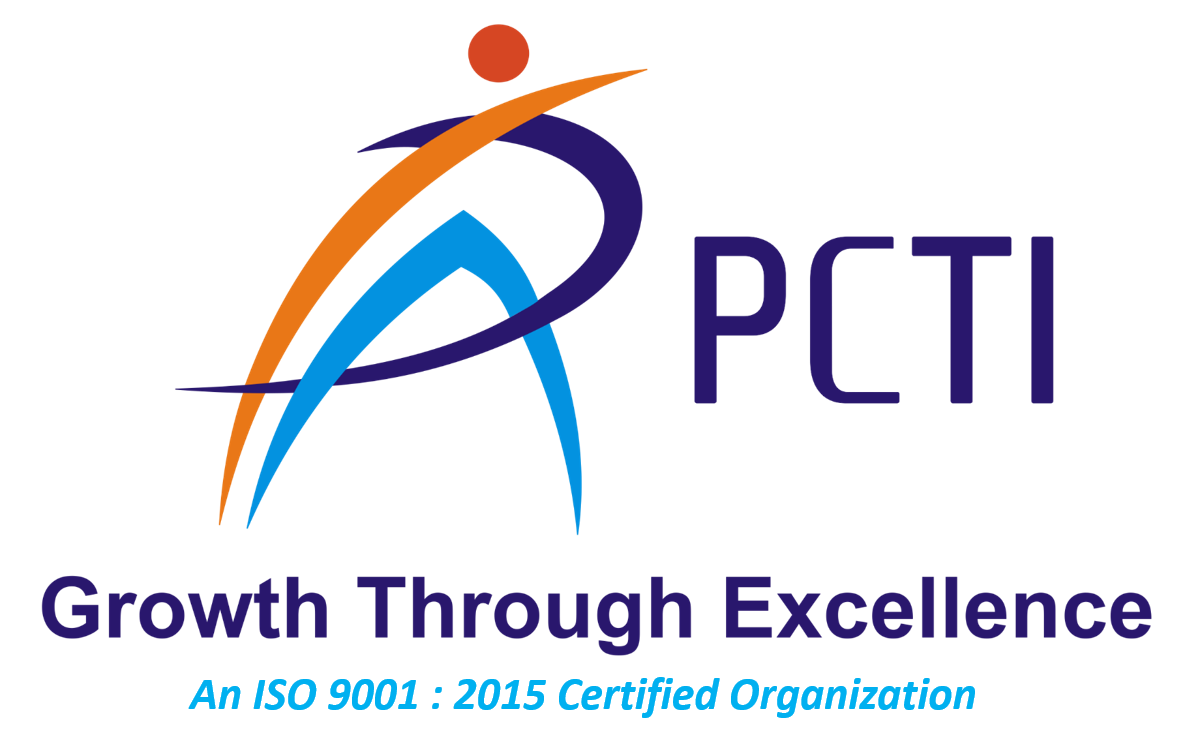Description
Computer Organization and Assembly language Programming deals with lower level computer programming—machine or assembly language, and the way these are utilized in the standard computing system . In this you will study about basic computer operations, organization, and deals primarily with the computer system and assembly language programming techniques, like defining appropriate data structures, determining the knowledge for input or output, and therefore the flow of control within the program. This content also describes the utilization of subroutines to reduce the amount of codes that are repetitively written for the program. An assembler can translate a program from assembly language into a loader code for loading into the computer's memory for execution. A loader are often of several types like absolute, relocatable, or a variation of the opposite two types. A editor program links various small segments into one large segment with an output format almost like an input format for easier program handling.
Syllabus

Course Code CC00005
Duration 50 Hour
Computer Organisation with Assembly
Online & Offline
Course Fees 9100 /-
Online Offer 4000 /-
